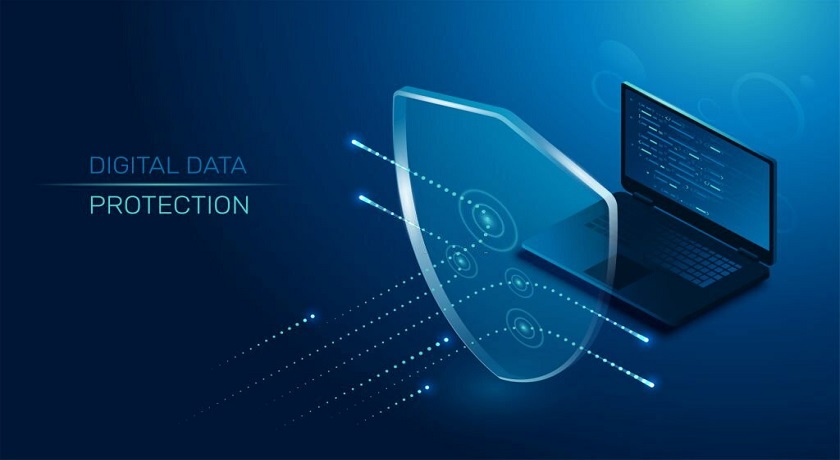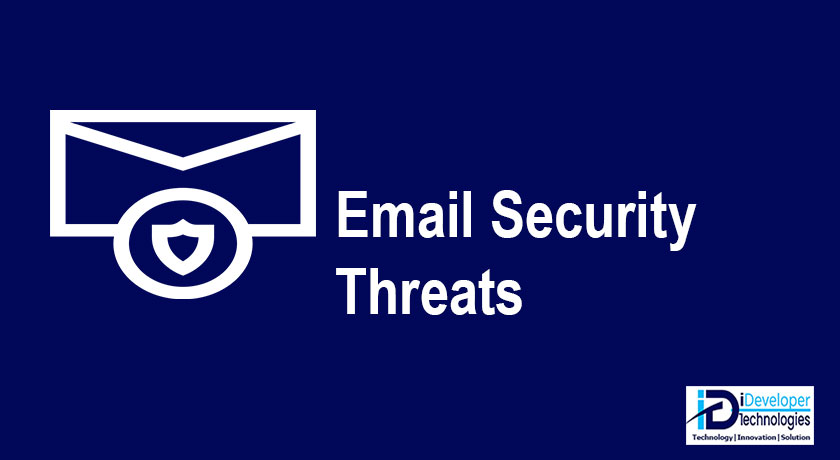We recommend conducting a cctv installation site survey before installing a surveillance system and documenting…

Essential Features of Advanced Endpoint Security Tools
Advanced endpoint security capabilities are now a crucial part of any organization’s defense strategy given the constantly changing landscape of cybersecurity threats. Cyberattacks frequently target endpoints, including servers, mobile phones, and desktops. various technologies are meant to guard against malware, ransomware, and other advanced persistent threats (APTs) on various endpoints. In this blog post, we’ll examine the key characteristics of cutting-edge endpoint security tools products that are critical for protecting your digital assets.
1. Real Time Threat Detection and Prevention
Behavior-Based Analysis: Advanced endpoint security products use complex algorithms to track the actions of endpoint processes and applications. They can spot aberrant behavior and stop it, assisting in the defense against zero-day assaults.
Signature-Based Detection: These technologies also use signature-based detection to find recognized risks and malware, making sure that even more seasoned dangers are not missed.
2. Next-Generation Antivirus and Anti-Malware
Advanced Antivirus: Advanced endpoint security products offer more sophisticated antivirus and anti-malware capabilities than basic antivirus. To find and eliminate malware, they use heuristic analysis, sandboxing, and machine learning.
3. Firewall and Intrusion Detection
Firewall Protection: Firewalls are a common feature of contemporary endpoint security technologies. They monitor and regulate network traffic while preventing unwanted access and potential dangers.
Intrusion Detection System (IDS): Network traffic is continuously monitored by an IDS for indications of malicious activity or well-known attack patterns.
READ: Endpoint Security Best Practices to keep company data safe
4. Behavioral Analysis and Anomaly Detection
Anomaly Detection: These instruments make use of machine learning to spot out-of-the-ordinary behaviors and trends in endpoint behavior. An anomaly can set off automated reactions or alarms when it is discovered.
5. Centralized Management and Reporting
Centralized Dashboard: A simple dashboard gives managers a centralized view of all endpoints’ security state, enabling effective monitoring and management.
Reporting: Detailed insights into security issues, compliance, and general endpoint health are provided by robust reporting features.
6. Application Control and Whitelisting
Application Whitelisting: A list of trusted programs that are permitted to operate on endpoints can be defined by administrators. This stops the execution of unlicensed or possibly harmful software.
Secure Your Endpoints Today with Our Endpoint Security Services
7. Content and Web Filtering
Content Filtering: To stop workers from obtaining harmful or improper content, tools might block access to particular websites or content categories.
8. Device Control
Peripheral Management: Administrators can regulate the use of peripherals like USB drives using endpoint security technologies to stop data loss and the spread of malware.
9. Mobile Device Management (MDM)
Mobile Security: Endpoint security products frequently provide mobile device management features, enabling businesses to secure smartphones and tablets as mobile devices become more integrated into the office.
10. Automatic Updates and Patch Management
Patch Management: Keeping software up-to-date is crucial for security. Advanced endpoint security tools can help automate the process of applying patches and updates.
11. Endpoint Detection and Response (EDR)
EDR Capabilities: EDR features allow organizations to detect and investigate security incidents at the endpoint level. It offers real-time monitoring, threat hunting, and forensic capabilities.
12. Threat Intelligence Integration
Threat Feeds: These tools can integrate with threat intelligence feeds to provide real-time information on emerging threats and vulnerabilities.
13. Data Loss Prevention (DLP)
Data Protection: DLP features help prevent the unauthorized transfer or sharing of sensitive data, providing a critical layer of defense against data breaches.
14. Machine Learning and AI
Advanced Analytics: Machine learning and artificial intelligence are increasingly used to detect and respond to sophisticated threats by recognizing patterns and anomalies.
15. Scalability
Scalability: Ensure the endpoint security solution can scale to meet the needs of your organization as it grows.
In conclusion
Modern endpoint security tools are essential for defending an organization’s data and digital infrastructure from today’s threats. You may improve your ability to recognize, stop, and respond to changing cyberthreats while preserving the integrity and security of your endpoints by include these crucial components in your endpoint security strategy. Keep in mind that security is a continuous process, and that sustaining effective protection requires routinely updating and optimizing your endpoint security software.



